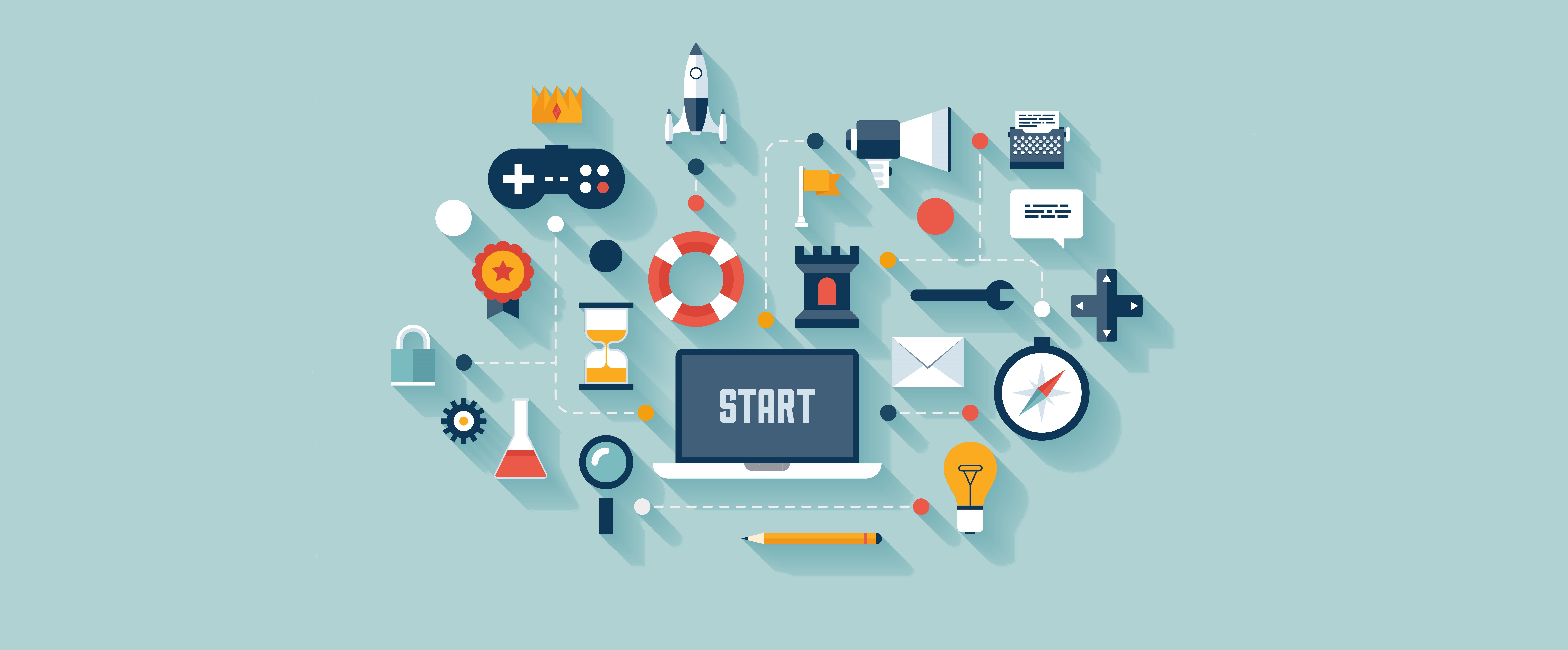Remember Mary Poppins and her supercalifragilisticexpialidocious way of teaching the Banks children to enjoy all things in life, whether it was a walk in the park, a chalk sketch on the pavement or the mundane (and usually avoided) cleaning of the nursery room? She came up with the perfect recipe of making Jane and Michael enjoy doing what they didn’t really want to do: they had to find the fun element in every task and turn the whole thing into a game. What's more, the kids were actually sad when the nursery room was clean and wished they could do it again!
A spoonful of sugar helps the medicine go down in a most delightful way!
Admit it, you sang along with this heading :)
You may not think of highly educated and experienced employees as kids, but let's face it, the idea of training usually causes the same reactions as the one of cleaning the nursery room: a less-than happy face with an occasional rolling of the eyes and eventually an acceptance sigh.
For most employees attending training courses often means taking time away from other, more important tasks. Add to this a tremendous amount of content and boring presentations and you shouldn't be surprised when employees are not skipping joyfully when they hear about yet another company training.
E-learning professionals had to come up with ways of keeping all the corporate Janes and Michaels engaged with their courses. They found that the equivalent of the spoonful of sugar for the training medicine is using gamification in their training.
How gamification sweetens up the process of learning
Gamification seems to be one of those easier-said-than-done things, but when it is done right, it can positively impact learners’ engagement, productivity and the company's success.
By correctly using avatars, leaderboards, challenges, rewards and other popular gaming techniques, instructional designers can improve the attitude towards learning and keep learners motivated. In the end, gamified elements help learners not only to acquire knowledge, but also to efficiently apply what they learn in real business situations.
Improving the attitude towards learning. Every small business decision can have a serious impact on the final outcome, so no wonder employees tend to play it safe and minimize the risks. In a video game, on the other hand, the main characters can sleigh all dragons and get all the fame no matter how many times they die; they just click on "Reload Last Checkpoint" or even "Reload Mission" and continue playing with improved game plans until they reach their goals. Gamification can make training more enjoyable by creating a virtual business world where employees can learn new skills without having to worry about their mistakes and where they can safely share far-fetched ideas that can later turn into better business strategies.
Keeping learners motivated. Most people have the psychological need of a publicly acknowledged status. In plain English, you can't really be the best at something unless others agree upon that and act accordingly. Gamification helps learners achieve mastery (gain points, collect badges, go to an advanced level) and get social recognition (be on the leaderboard, get the trophy/certificate). After setting a clear set of goals, learners get not just a big reward at the end of the course, but also smaller ones each time they master a lesson, thus making them more motivated throughout the entire learning process.
Too much sugar is bad for health though
A concern that often comes up when using gamification is how many times should a learner be able to replay a level, or the entire game. The main goal is to support them to master the content, but what if learners replay levels just for fun and not because they actually need to? Well, the best approach is to follow Mary Poppins' advice when she says “enough is just as good as a feast” and design the training with a limited amount of tries for each level.
Gamification platforms lets employees learn by playing
All adults were kids at some point and they learned a lot of things while playing games. Why should things be different when they are grown ups?
Gamification has a tremendous potential in the educational corporate space. As long as the training is built around useful learning content, gamified elements will only improve the learning experience and its outcomes. After all,
“In every job that must be done
There is an element of fun
You find the fun and — snap!
The job’s a game.”







